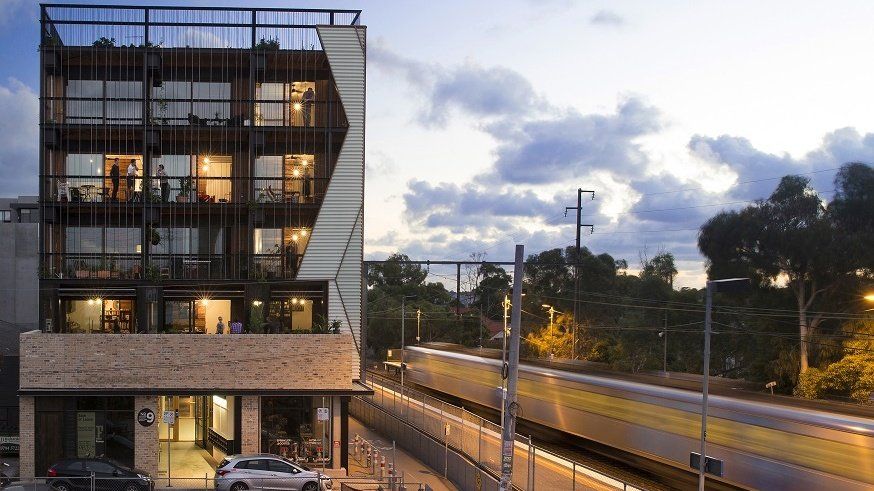- Housing Diversity
- Health Impact
Health Impact
Why are housing diversity and residential density important for physical activity and health?
Authors: Alex Kleeman, Dr Lucy Gunn, Professor Billie Giles-Corti.
A diversity of housing types is more likely to meet the changing housing needs of people at different stages of their lives, [2] thus allowing them to relocate when their circumstances change, without leaving their neighbourhood. [3]
For example, as people age, their first preference is often to continue living in their familiar neighbourhood (known as ‘ageing in place’), where they already have friends and well-established support networks. [2] For older adults, housing that is safe, affordable, well-connected and higher density encourages active lifestyles, social interaction, and a safe living environment, with nearby amenities for daily living – all crucial for a healthy way of life.
A development or community that has smaller, diverse housing types will offer this flexibility. Additionally, older adults, particularly women, tend to be more fearful and more vulnerable to crime; so the design and location of housing can help people avoid restricting their behaviour or way of life for reasons of safety and security.
Higher-density housing is required nearby if centres and public transport are to attract sufficient patronage to support businesses and services. In turn, these businesses and services are essential for providing destinations to which residents can walk or cycle.
There is consistent evidence that in areas of high residential density and mixed-use planning, adults and older adults walk more. [4–16] Higher densities also generally result in more compact use of land, thus decreasing the distances between dwellings, transport and destinations. Proximity to destinations such as shops and parks is associated with more transportation walking in adults, [17–21] and appears to be especially important for transportation walking in older adults, possibly due to their reduced mobility. [9]
The provision of quality housing on smaller lots also contributes to the sustainability of new communities. Increasing density, if carefully planned, has the potential to bring numerous benefits to the environment and to residents’ health.
Affordability remains a concern for new entrants to the housing market and for people with lower disposable incomes.
There is a need for housing that is more affordable – both to rent and buy. Moreover, these lower-cost dwellings need to be located in areas with good amenity and access to public transport, employment, shops, schools and services. All these facilities are important in encouraging active transport for fostering a sense of community, and for strengthening the social capital of communities (for more information see the Sense of Place design feature). A mix of housing types and tenures in new and established areas can help cater to these various needs.
Next Page
Stay informed. Sign up to our newsletter.
I agree that I have read and I accept the Heart Foundation's Privacy Statement.
We will get back to you as soon as possible.
Please try again later.
Stay informed. Sign up to our newsletter.
I agree that I have read and I accept the Heart Foundation's Privacy Statement.
Thanks for subscribing to our newsletter.
Please try again later.
All Rights Reserved | National Heart Foundation of Australia

